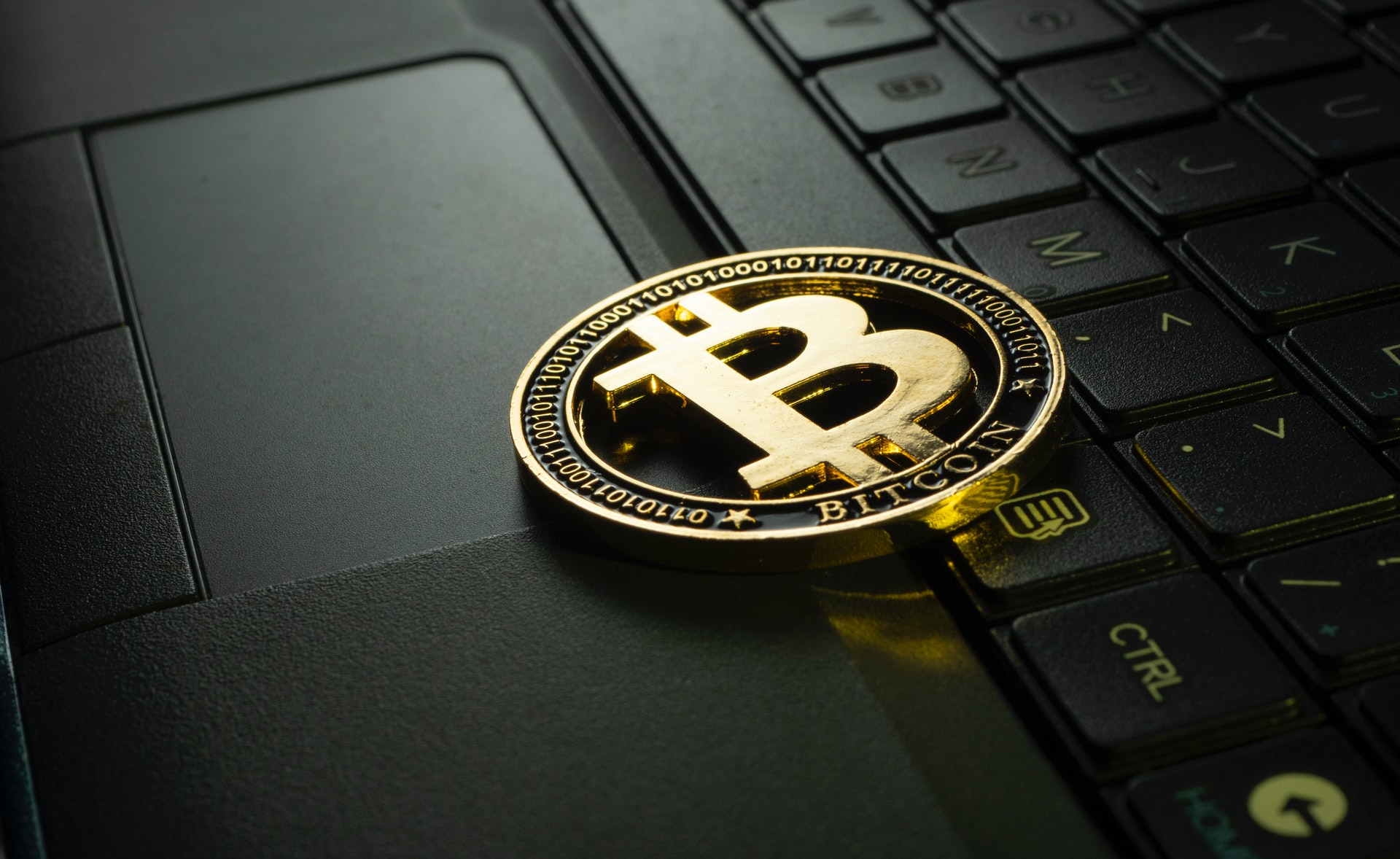Cryptocurrencies have been booming, with over 106 million people owning virtual currencies. Rapid adoption has helped cryptocurrencies outperform stock market index funds and other popular investments. The recent decline in crypto prices has provided investors with a more attractive entry point. Bitcoin has had many boom-and-bust cycles along its upward trend. If you see this price point as an enticing opportunity for cryptocurrencies, you can use this guide to get started in cryptocurrency.
Cryptocurrency Brokers and Exchange
You can invest in cryptocurrencies using brokers or exchanges. Each choice has several differences that impact your ownership of the currency, how you can use it, and protective measures.
Cryptocurrency Brokers
Cryptocurrency brokers simplify crypto trading. These platforms handle all of the backend and store crypto assets in their digital wallets. New investors can avoid cold storage and other complexities with a broker. These brokers usually charge high fees for trades. Brokers that charge little to no trade fees generate revenue by selling your information to third parties. Many brokers also carry cryptocurrency insurance in case someone steals crypto from their wallets.
Cryptocurrency Exchange
A cryptocurrency exchange is more complicated than a broker. You have to create a digital wallet and manage your crypto. Crypto exchanges have a steeper learning curve, but you will save money on fees. Investors also have more control over their crypto and can use it for purchases. Since most crypto brokers hold digital assets on your behalf, you can’t use Bitcoin in your brokerage account to make purchases.
Cryptocurrency Wallets
You store cash, legal documents, and other valuables in your wallet. As a digital currency, cryptocurrencies are stored in virtual wallets. Investors can consider the following wallets to store their cryptocurrencies.
Hot Wallets
Hot wallets are the easiest wallets to create. Several cryptocurrency exchanges let you create hot wallets on their platforms. These wallets make it easier to buy and sell crypto. You can trade from your device similarly to how you would trade stocks.
Unfortunately, this extra convenience comes with significant risks. Hot wallets are more vulnerable to hackers since hot wallets are always online. You have to take your crypto wallet offline to protect your assets from hackers. Crypto has boomed and gained widespread appeal, but it’s still the Wild West compared to other assets. No FDIC insurance and anonymity among hackers make it a desirable target. Hot wallets help you transact seamlessly online, but you shouldn’t keep your crypto in a hot wallet overnight.
Software Wallets
Software wallets are a type of hot wallet that offers more security. Software wallets remain on hard drives and store your cryptocurrency. Hackers can still infiltrate software wallets, especially if they enter your computer. Crypto investors with software wallets should have a dedicated computer for crypto trading. This dedicated computer minimizes the risk of cyberattacks on your computer, giving hackers access to your cryptocurrency.
Buying another computer exclusively for crypto trading may not fit most people’s budgets. The computer also represents a high cost, which will reduce your crypto profits. Luckily, you don’t have to buy a new computer to protect your crypto. Instead, investors can use a cold wallet that offers more protection without needing a new computer. The next two wallet types offer superior protection.
Paper Wallets
Paper wallets are tangible wallets that contain your public and private keys. You can jot these codes on an index card, notepad, or anywhere else you desire. This old-fashioned approach protects you from virtual hackers, but it still has some risks. If you lose the paper and do not create a backup, you will lose access to your crypto. You need those keys to access your wallet and make transactions. If the wrong person sees your crypto keys, they could go into your wallet and steal your money. Creating several backups and keeping them out of sight is a useful way to protect yourself from hackers.
Hardware Wallets
Hardware wallets offer the most protection. These wallets take your crypto off the grid and don’t have the same fragility as a paper wallet. You can get a suitable hardware wallet for under $200. In addition, hardware wallets require you to provide a PIN and optional passphrase for extra protection. So even if your computer got hacked, your hardware wallet would be safe.
What Can You Do with Cryptocurrency?
Investors have different ways to manage their crypto and navigate the cryptocurrency market. We will explore your options below.
Buy
Everyone begins their crypto journey by purchasing virtual currencies. Buying crypto allows you to build a position and benefit from upward price movement. Some crypto holders use these assets to purchase goods and services from businesses. Thousands of merchants already accept Bitcoin as a form of payment.
Sell
Investors sell assets for various reasons. Some people want to lock in their gains and reallocate, while others feel nervous about short-term headwinds. Selling crypto will increase your cash position, which can offer additional safety during volatility. You can also sell cryptocurrency to buy goods and services from a business.
Hold
Long-term investors prefer holding onto their assets and riding the volatility of the crypto market. The market has many opinions about crypto, but everyone can agree that crypto is a very volatile asset. Over the past decade, crypto has gone through many stretches of 50%+ declines and 100%+ growth. Holding onto crypto reduces the amount of time you spend in your portfolio. Crypto holders often store their virtual currencies in cold wallets for extra protection.
Trade
Crypto traders rely on short-term price fluctuations to profit from their positions. The fees from trading cryptocurrencies can take a toll on profits. Some traders use exchanges or affordable brokers to conduct transactions to minimize costs. Crypto traders often rely on brokers or hot wallets for their transactions. Hot wallets have security risks, but they offer the convenience of rapid trading and liquidity. Some traders do not hold overnight positions, but if you do, make sure your crypto stays in a cold wallet when you’re not trading.
Get Started with Your Cryptocurrency Journey
Investing in crypto exposes you to an asset with a high potential payoff and high risk. Purchasing cryptocurrency is subject to risk of loss, including loss of principal. While crypto is more than 50% below its all-time high, long-term investors have navigated this atmosphere before. If you have decided to make your first crypto investment, here are some common steps.
1. Choose a Cryptocurrency Broker/Exchange
Brokers and exchanges let you buy and sell crypto. You can review several choices before choosing the right one for your crypto journey.
2. Register and Verify Your Account
After selecting the right broker or exchange, you will have to register for an account. Most brokers and exchanges will ask you to verify your account by clicking an email verification link or entering a code sent to your device. Once you verify your account, you can explore the interface.
3. Choose Your Storage Method
Some brokers handle storage for you, but other brokers require you to connect a wallet. Hot wallets have less protection but are more convenient for day traders. Cold wallets offer better security measures by taking your crypto off the grid, but buying and selling crypto takes longer.
4. Deposit Funds
You can connect a bank account to the broker or exchange and start depositing cash. Consider how much money you have in other investments to ensure you are happy with the size of your crypto position.
5. Select Your Preferred Cryptocurrency
Investors can choose from thousands of cryptocurrencies. You should review several cryptocurrencies and develop criteria for your investments. Some investors look at market capitalization when assessing cryptos. They may target large-market cap cryptos or look for different cryptocurrency investments. You can buy a single cryptocurrency or opt for several, depending on your preferences.
6. Buy, Sell, Hold, or Trade Your Cryptocurrency
You can start making transactions with your available funds. Some investors buy and hold for the long term, while traders capitalize on short-term price movements. You don’t have to remain committed to the same strategy. You can make adjustments as you learn more about crypto.






